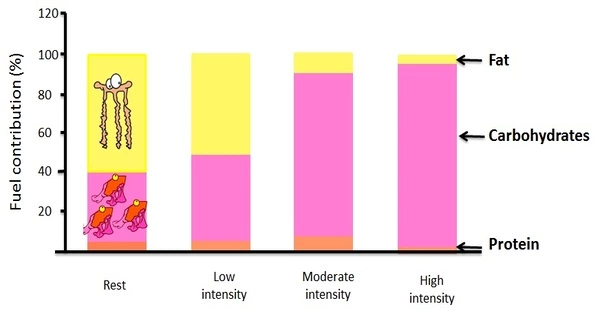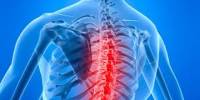Genetics have an important impact in how your body stores and burns fat. Some people’s genes make it easier for them to burn fat as a source of energy during exercise, while others’ genes make it more difficult. Your degree of fitness can influence how well your body burns fat. In general, as you get fitter, your body gets better at utilizing fat as a fuel source during aerobic exercise.
The ideal heart rate for burning fat varies by individual and frequently does not correspond to the “fat burning zone” on commercial exercise equipment, according to Icahn School of Medicine at Mount Sinai researchers.
Instead, clinical exercise testing – a diagnostic method that measures a person’s physiological response to exercise – may be a more beneficial tool to assist individuals in accomplishing their planned fat loss objectives, according to the researchers. The study, which used machine learning-based modeling, was published online in Nutrition, Metabolism, and Cardiovascular Disease.
We hope that this work will inspire more people and trainers to use clinical exercise testing to prescribe personalized exercise routines tailored to fat loss. It also emphasizes the role that data-driven approaches can play in precision exercise.
Girish Nadkarni
“People who want to lose weight or fat may be interested in exercising at the highest possible rate of fat burning. Most commercial exercise machines have a ‘fat-burning zone’ option based on age, gender, and heart rate,” explains lead author Hannah Kittrell, MS, RD, CDN, a PhD candidate in the Augmented Intelligence in Medicine and Science laboratory at Icahn Mount Sinai. “However, because the commonly recommended fat-burning zone has not been validated, individuals may be exercising at intensities that are inconsistent with their personalized weight loss goals.”
Ms. Kittrell is also the Director of the Mount Sinai Physiolab at Mount Sinai Morningside, a clinical body composition and exercise physiology laboratory.
FATmax is a phrase that is occasionally used to describe the exercise intensity and accompanying heart rate at which the body reaches its maximum fat-burning rate during aerobic activity. Because fat is now a substantial fuel source, this intensity may be of interest to people looking to maximize fat loss during exercises.

As part of the study, the researchers compared heart rate at FATmax, as determined during a clinical activity test, to anticipated heart rate at percentages of maximal effort within the often advised “fat-burning zone.” The researchers discovered that there was poor agreement between measured and predicted heart rate in a sample of 26 people, with a mean difference of 23 beats per minute between the two measures. This shows that general recommendations for a “fat-burning zone” may not provide reliable counsel.
Following that, the researchers intend to investigate if those who receive a more individualized exercise prescription lose more weight and fat, as well as improve metabolic health markers that indicate health concerns such as type 2 diabetes, obesity, and heart disease.
“We hope that this work will inspire more people and trainers to use clinical exercise testing to prescribe personalized exercise routines tailored to fat loss. It also emphasizes the role that data-driven approaches can play in precision exercise,” says senior author Girish Nadkarni, MD, MPH, Irene and Dr. Arthur M. Fishberg Professor of Medicine at Icahn Mount Sinai, Director of The Charles Bronfman Institute of Personalized Medicine, and System Chief, Division of Data-Driven and Digital Medicine, Department of Medicine.
The research is titled “Discrepancy between predicted and measured exercise intensity for eliciting the maximal rate of lipid oxidation.”
















